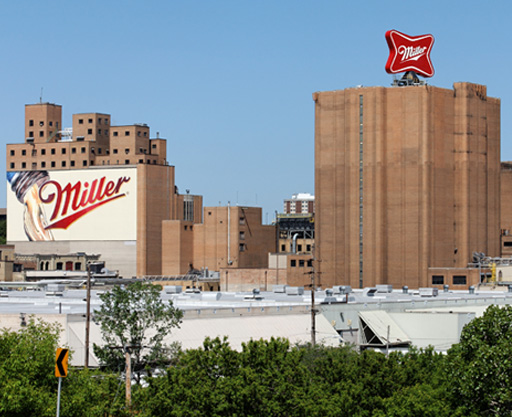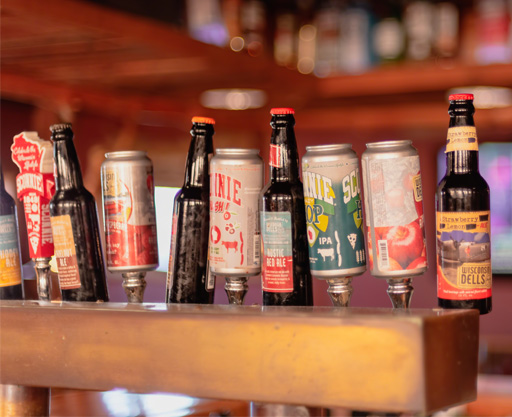Brewed in Wisconsin: A Journey Through the State’s Rich Brewery History
Walking through the heart of Wisconsin’s brewing history, I felt the deep connection between the land, its people, and the brewing tradition that has thrived here for nearly two centuries. The earliest breweries in Wisconsin date back to the 1830s, but it was the influx of German immigrants that truly shaped the state’s beer culture. These immigrants brought with them centuries of brewing knowledge, German-style lagers, and a proud determination to maintain their cultural identity. As I stood in front of one of the historic buildings in Milwaukee, I couldn’t help but appreciate how much beer has been woven into the fabric of this state.

Wisconsin’s brewing industry grew rapidly throughout the 19th century. By the time of the Civil War, there were 160 breweries in the state, and by the 1890s, that number had risen to more than 300. As I toured some of the old brewery buildings, I marveled at the scale of the operation and the ambition of the brewers who helped put Wisconsin on the map. Milwaukee’s big names—Miller, Pabst, Schlitz, and Blatz—grew to dominate the national market, turning the city into the brewing capital of the United States. I could almost taste the history in the air as I learned about how these breweries shaped Wisconsin’s economy and identity.
But Wisconsin’s brewing history isn’t just about the big city breweries. Rural communities played an important role too, with many towns having their own local breweries and taverns. I was amazed to learn how these small, local operations helped foster a sense of community and tradition. Visiting one of these remaining rural breweries, I could see how the spirit of those early brewers lives on. There was a pride in their craft, a reminder that even in the face of industry giants, the soul of Wisconsin beer remains rooted in small, independent traditions.
After the dark days of Prohibition, Wisconsin’s brewing industry was forever changed by the rise of large-scale industrial production. But even today, as the craft beer movement continues to thrive across the state, the legacy of those early German brewers is alive and well. As I sipped a pint of locally brewed lager, I couldn’t help but think about how much Wisconsin’s breweries have contributed to the nation’s beer culture. This state has brewed more than just beer—it’s brewed a rich, lasting legacy that has shaped the industry for generations. For anyone visiting Wisconsin, exploring its brewery history is an essential part of understanding the state’s culture and the craftsmanship that continues to define it.

